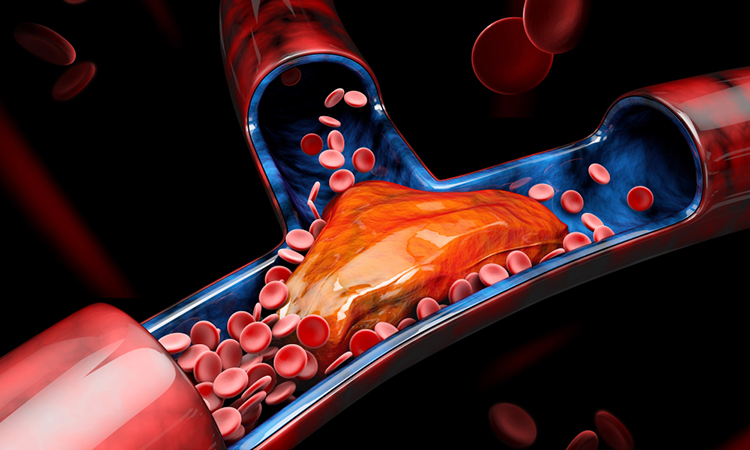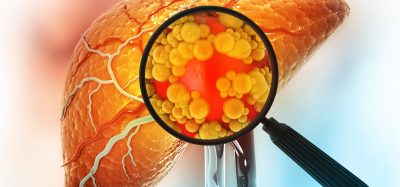Organ-on-a-chip device aids the study of thrombosis without animal models
Posted: 27 April 2023 | Izzy Wood (Drug Target Review) | No comments yet
Scientists from the University of Birmingham have developed an organ-on-a-chip-model to better understand the mechanisms of deep vein thrombosis.


Researchers at the University of Birmingham (UoB), UK, were able to demonstrate one of the basic mechanisms underlying venous clot formation using their newly developed model called: von Willebrand Factor, and a surface receptor on platelets called glycoprotein Ib-alpha.
Deep vein thrombosis is the development of blood clots in veins, usually in the legs. It is a serious condition because the clot can detach and travel to the lungs, where it may block blood vessels, causing difficulty in breathing that may be fatal. It is the third most common cardiovascular disease after myocardial infarction and stroke, with tens of thousands of people in the UK developing this condition every year.
Mechanisms of deep vein thrombosis require further research to improve clinicians’ understanding and ability to treat or prevent the condition. Blood clot researchers could benefit from a new device that mimics a human vein, replacing the need for animals for some studies.
The vein-on-a-chip model has been developed by scientists at the University of Birmingham and can be used in experiments to understand mechanisms of blood clot formation. The device, described in a recent paper published in Frontiers in Cardiovascular Medicine, is a tiny channel, which includes structures called ‘valves’ that ensure the correct direction of blood flow.
Dr Alexander Brill from the UoB’s Institute of Cardiovascular Sciences said: “The device is more advanced than previous models because the valves can open and close, mimicking the mechanism seen in a real vein. It also contains a single layer of cells, called endothelial cells, covering the inside of the vessel. These two advances make this vein-on-a-chip a realistic alternative to using animal models in research that focuses on how blood clots form. It is biologically reflective of a real vein, and it also recapitulates blood flow in a life-like manner.”
“Organ-on-a-chip devices, such as ours, are not only created to help researchers move away from the need for animal models, but they also advance our understanding of biology as they are more closely representative of how the human body works.”
He concluded: “The principles of the 3Rs – to replace, reduce and refine the use of animals in research – are embedded in national and international legislation and regulations on the use of animals in scientific procedures. But there is always more that can be done. Innovations such as the new device created for use in thrombosis research are a step in the right direction.”
Related topics
Animal Models, Organ-on-a-Chip, Organoids, Targets, Technology
Related conditions
deep vein thrombosis
Related organisations
University of Birmingham, University of Birmingham's Institute of Cardiovascular Sciences
Related people
Dr Alexander Brill








